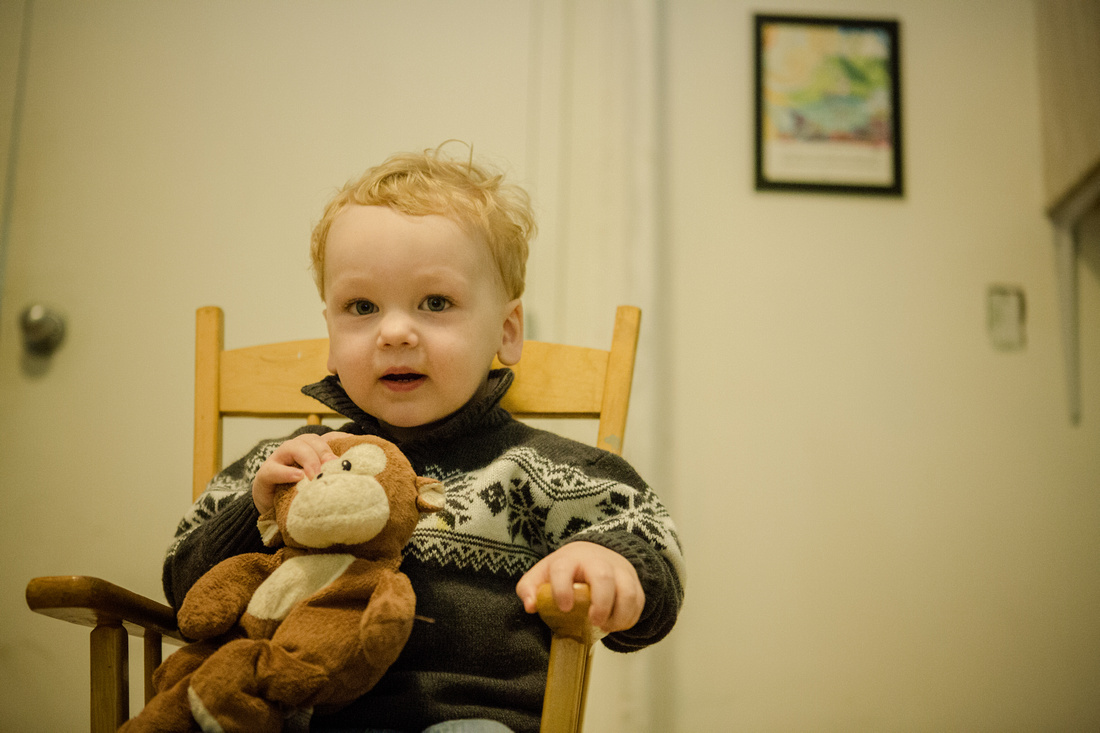
Q: I am trying to figure out why Armand married Désirée. If by your question you mean why doesn’t he remember his mother as having dark skin, it may be that she had light skin. Q: If Armand was eight when his mother died, why doesn’t he remember her?Ī: Perhaps he does remember her.

There is nothing here to suggest that Désirée and her baby survive. She disappeared among the reeds and willows that grew thick along the banks of the deep, sluggish bayou and she did not come back again.” She walked across a deserted field, where the stubble bruised her tender feet, so delicately shod, and tore her thin gown to shreds.

We have only Kate Chopin’s words near the end of the story to go on: Désirée “did not take the broad, beaten road which led to the far-off plantation of Valmondé. Q: Is it possible that Désirée and her baby did not die in the bayou, that they continued on to her family’s plantation?Ī: In most works of fiction, the answer to such a question depends upon what the author tells us. And the description of L’Abri, Armand’s house, in the sixth paragraph carries overtones of trouble to come. She and her “easy-going and indulgent” husband raised Armand in Paris, where an interracial marriage was, it seems, socially possible in the first half of the nineteenth century, in part because slavery as it was known in rural Louisiana did not exist in mainland France. The story notes in paragraph six that Armand Aubigny’s mother was French. Q: Should I have seen that ending coming?Ī: There are some suggestions that point to it. “The Storm,” “The Story of an Hour,” “Fedora,” and “A Respectable Woman,” among other short stories, also have brilliant last sentences. It stunned me! Is this typical of Kate Chopin?Ī: Chopin handles closings as well as any writer. Q: I was totally unprepared for the ending. In 1936, critic Arthur Hobson Quinn called it “one of the greatest short stories in the language,” and many readers over the decades have shared his opinion. It’s been reprinted countless times since 1929 and was Chopin’s best-known work before The Awakening was revived in the 1960s and 1970s. Chopin presents these three reasons-unconsciousness, negativeness, and lack of solidarity-to help explain why Désirée does reveal her society’s lack of knowledge but fails to change its ideological values, much less its actual power hierarchies.” Ellen Peel Questions and answers about “Désirée’s Baby” “Désirée is disruptive, not because she produces flaws in the signifying system but because she reveals flaws that were already there. When I looked up, I observed that many people in front of the sign were darker than many of those behind it.”

#When did bust it baby part 2 come out skin
recalls first reading “Désirée’s Baby” as a high-school student in 1956 on a New Orleans streetcar, at a time when your seat was designated by your skin color, when a sign directed white people to the front of the streetcar and African Americans to the back: “I felt embarrassment at what I had read-feeling that everyone about me knew that I had experienced something forbidden.
#When did bust it baby part 2 come out full
In her fiction, she confronts the “bleak fact” that life is uncertain, unsettled, full of “tenuous stabilities.” Cynthia Griffin Wolff “Human situations can never be as clear as ‘black’ and ‘white.’” That’s one of Kate Chopin’s major themes. He has been “passing,” that is, presenting himself as white. He has been aware all along of what the letter at the end of the story says. “The reader must come to see the one indisputable fact-Désirée’s total powerlessness-the result of the life-and-death power of the husband in her society.” Anna Shannon ElfenbeinĮvidence in the story shows that Armand Aubigny knows about his racial heritage. “The antidote to the poison of racial abstraction that destroys Désirée, the baby, and Armand is love, a deeply personal relationship which denies the dehumanizing and impersonal categorization of people into racial groups.” Robert D.


 0 kommentar(er)
0 kommentar(er)
